You won’t believe the secrets these lesser-known Odisha temples are hiding! #4 will shock you
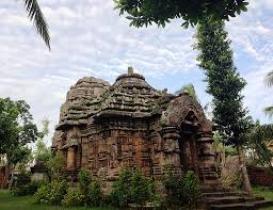
By Patit Mandal, OP
Odisha is famed for its grand temples like Puri’s Jagannath and Bhubaneswar’s Lingaraj. But beyond the mainstream lies a mystical trail of lesser-known shrines — tucked in forests, etched on riverbanks, or nestled in village corners — each echoing with surreal legends. Here are five such spellbinding places where mythology and nature converge.
1. Dhudhua Shivalinga, Mayurbhanj
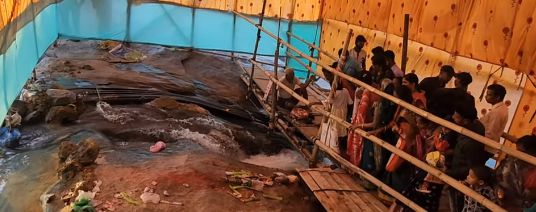 Pic – ODIA TRAVEL ZONE YouTube channel
Pic – ODIA TRAVEL ZONE YouTube channel
Near the scenic Dhudhua waterfall, around 29km from Baripada, lies a mystical Shivalinga steeped in Mahabharata lore. Legend says the Pandavas, along with their mother Kunti, halted here during their exile. Unable to find Ganges water for her daily Shiva worship, Kunti fasted for three days. Moved by her devotion, Bhima prayed fervently until Lord Shiva appeared and released a sacred stream from his matted locks. That stream still flows as Gangahara, trickling from the base of the Shivalinga into the Rohini Kunda below. Known as the Ganga-Baruni Mahatmya, the site continues to attract pilgrims who believe nature itself bowed to a mother’s devotion.
2. Sashisena Temple, Sonepur
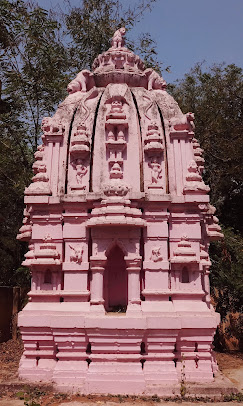
In Sonepur town of Odisha, a temple stands not just for worship, but for one of the most dramatic love stories ever told. Sashisena, daughter of a powerful local chief, was in love with Ahimanikya, son of a Dewan. But their love drew the envy of a sorceress, Jnyanadei Maluni, who cursed Ahimanikya into a lamb.
Refusing to give up, Sashisena disguised herself as a male warrior, earned the king’s trust, and hatched a plan. She orchestrated a tank consecration ceremony and invited everyone, including Maluni.
Claiming she wished before the king to sacrifice the lamb for Goddess Bhagavati and later she had it bathed in holy water. At the touch, the spell broke, and Ahimanikya regained his human form. Maluni confessed, and the lovers were reunited. The temple remains a quiet tribute to courage, wit and undying love.
3. Khambeswari Temple, Aska
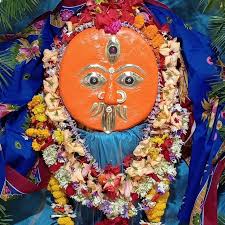 Pic – Maa Khambeswari Facebook account
Pic – Maa Khambeswari Facebook account
In Aska town of Odisha’s Ganjam district, the shrine of Goddess Khambeswari houses not just divine power, but one of Odisha’s boldest legends. As a girl, the goddess was adopted by a village elder. But her divine antics were far from innocent. She once terrified him by appearing with a dismembered baby in her arms. Enraged and scared, he slapped her — only to see her face twist to one side. She declared his end was near and prophesied her own worship by his sons.
Today, Khambeswari is revered as a fierce avatar of Bana Durga. On Dussehra, even Shudra priests perform goat sacrifices, remarkably accepted by all castes, defying social norms. Her image resembles Goddess Subhadra in Puri, but with no visible waist and an oval head — a goddess both feared and adored.
4. Birukhomb, Koraput
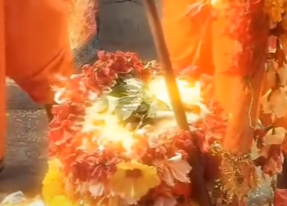 Pic – YouTube/@anildalei4802
Pic – YouTube/@anildalei4802
Around 5km from Boipariguda in Koraput lies Kendupada, home to Birukhomb — a powerful forest deity.
One day, tribal boys went hunting but returned empty-handed. Their leader vowed to sacrifice one of them if the goddess granted them a stag. She did. In a mock ritual, he tapped a friend with a tree branch. But the branch turned to blades, severing the boy’s head. Horrified, the rest fled. When villagers found out and prayed to the goddess, the dead boy miraculously woke, as if from sleep. Since then, Birukhomb is worshipped as a guardian who punishes folly, yet forgives the faithful.
5. Bhaibohu-Dedhasura sculpture, Mayurbhanj
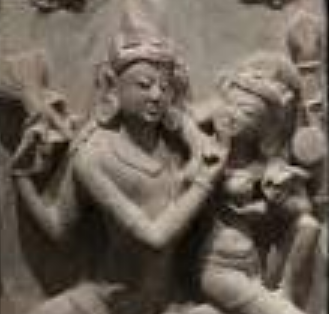 Image used for representational purpose.
Image used for representational purpose.
On the banks of river Kantakhaira in Odisha’s Mayurbhanj district stands a life-sized image of Uma-Maheswara. But tribal lore gave it a chilling backstory. According to locals, an elder brother once tried to r*pe his younger brother’s wife as she fetched water. Instantly, all three — the man, the woman, and her water pot — turned to stone as divine punishment.
Scholars believe the tale arose from villagers’ inability to interpret ancient iconography. In truth, the image aligns perfectly with descriptions from the Matsya Purana. Yet, the legend persists, showcasing how folk imagination continues to shape spiritual landscapes.
News